If you own a healthcare or fitness business and haven’t yet grabbed the information regarding metaverse, it’s time to shift your focus towards it. Yes, a $800B market is expected to develop in the metaverse by 2024. Experts say it is the next evolution of the internet.
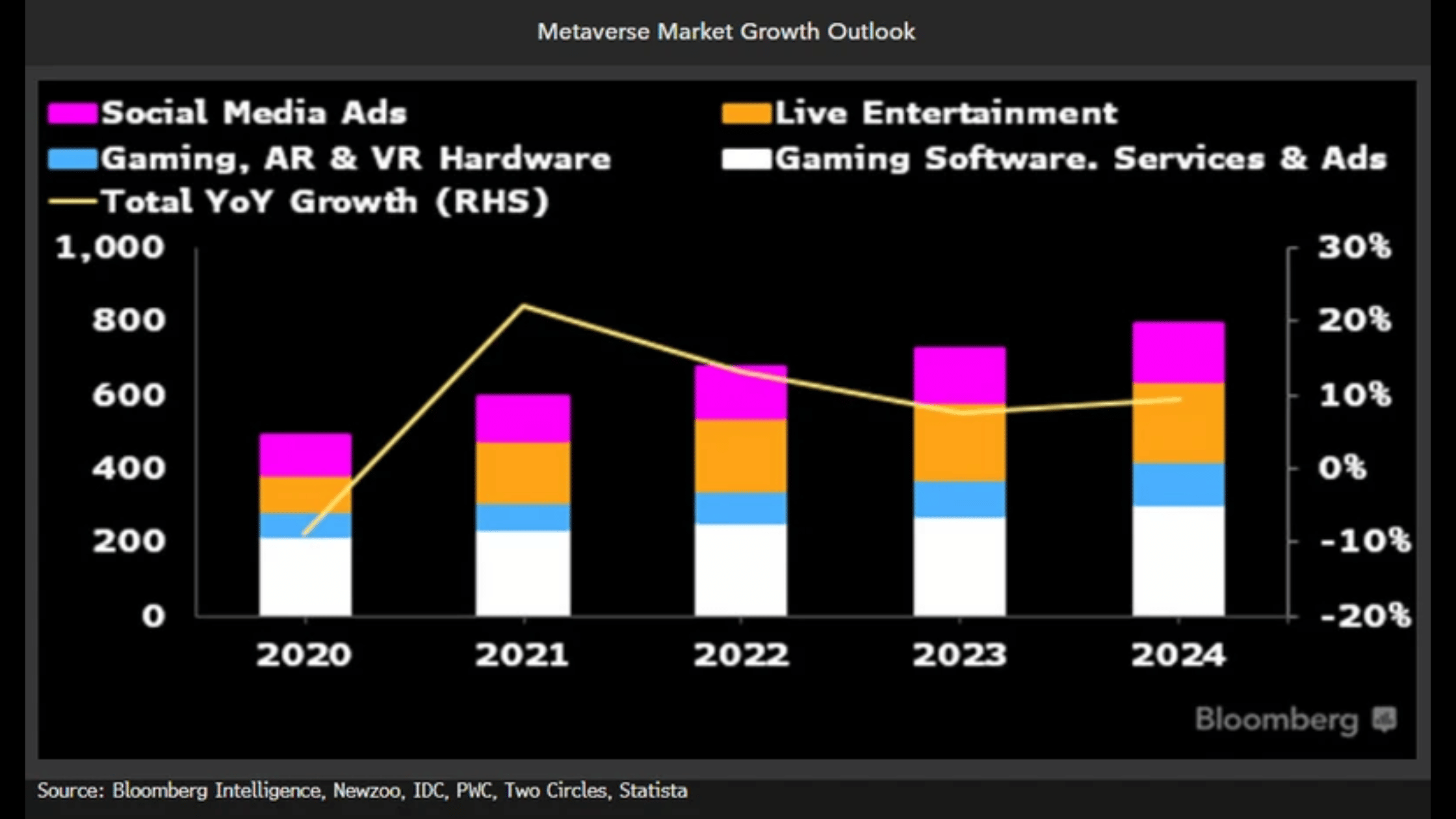
Taking about the metaverse in healthcare, according to a new Accenture report, 80% of healthcare executives expect the metaverse to be beneficial to their organizations.
Whereas, as per Statista report, in the Metaverse Health and Fitness market, the number of users is expected to amount to 182.00m users by 2030.
Gathering all this data indicates, the metaverse is not just a concept anymore, but a reality that is transforming industries as we know them. In this blog post, we will explore the metaverse impact on healthcare and fitness businesses and what steps these industries can take to prepare for the changes ahead.
First, let’s understand: What is the Metaverse?
Neal Stephenson coined the term “metaverse” in his groundbreaking novel Snow Crash, published in 1992, where he envisioned a dystopian virtual world of the 21st century. Remarkably, Stephenson’s concept appears to have foreseen the future.
Matthew Ball, a prominent capitalist, describes the metaverse as an immersive realm known as “extended reality” (XR). By combining augmented reality (AR), virtual reality (VR), and mixed reality (MR), this idea strives to generate a mesmerizing virtual reality.
The Metaverse has the potential to extend the boundaries of the internet to new limits. While the internet primarily serves as a platform for accessing information, the Metaverse serves as a space for social interaction and immersive experiences.
The metaverse’s primary objective is to empower individuals to seamlessly replicate their real-life activities as avatars within a cohesive network of 3D virtual realms.
Growing Popularity and Adoption of the Metaverse Concept
- Google searches for the term “metaverse” have increased by 300% in the past 5 years.
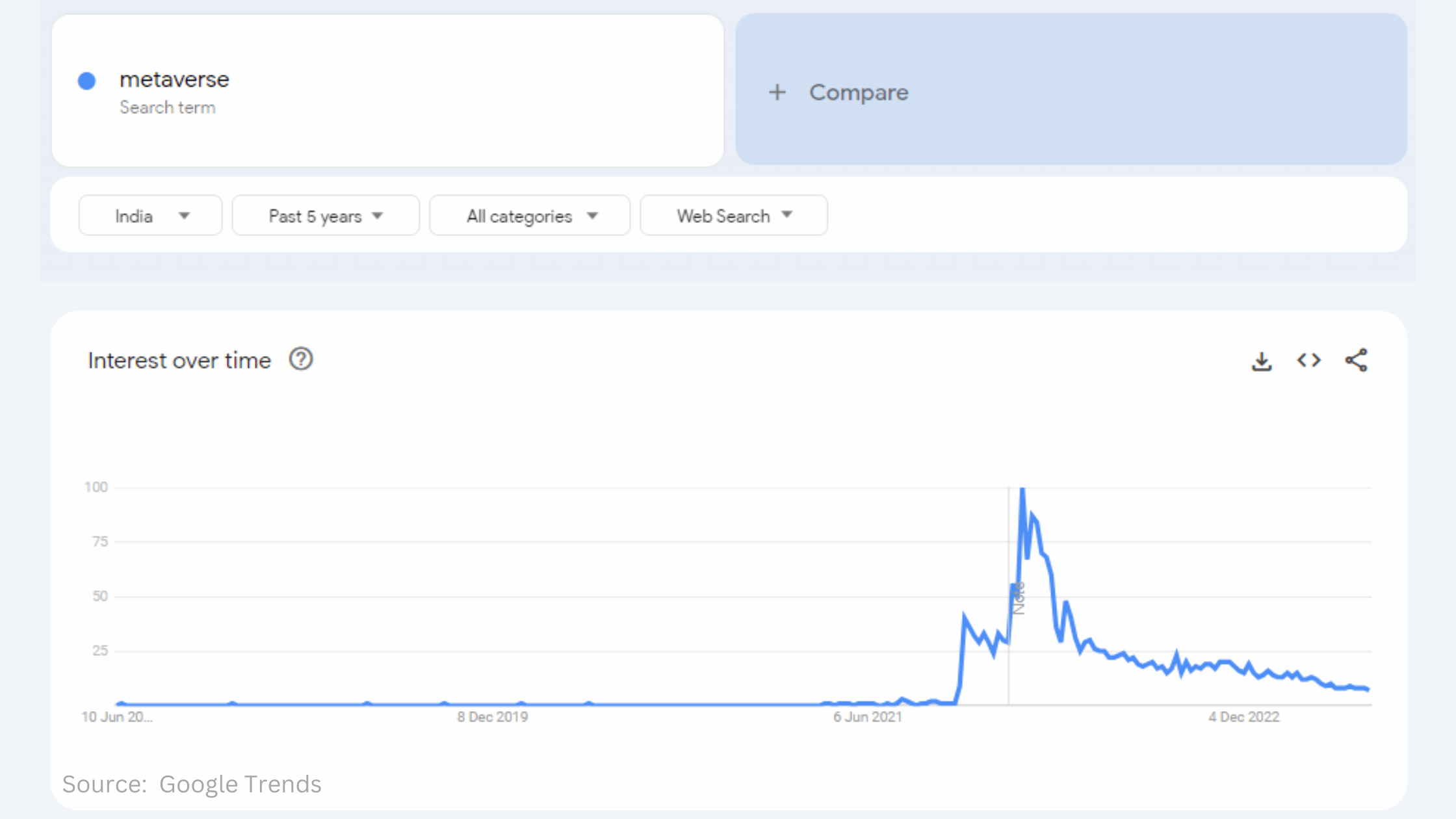
- Major tech companies like Meta, Microsoft, and Roblox are all investing heavily in the metaverse.
- There are now over 400 million active users of Metaverse platforms.
- Revenue in the Metaverse Health and Fitness market is projected to reach US$8.27bn in 2024.
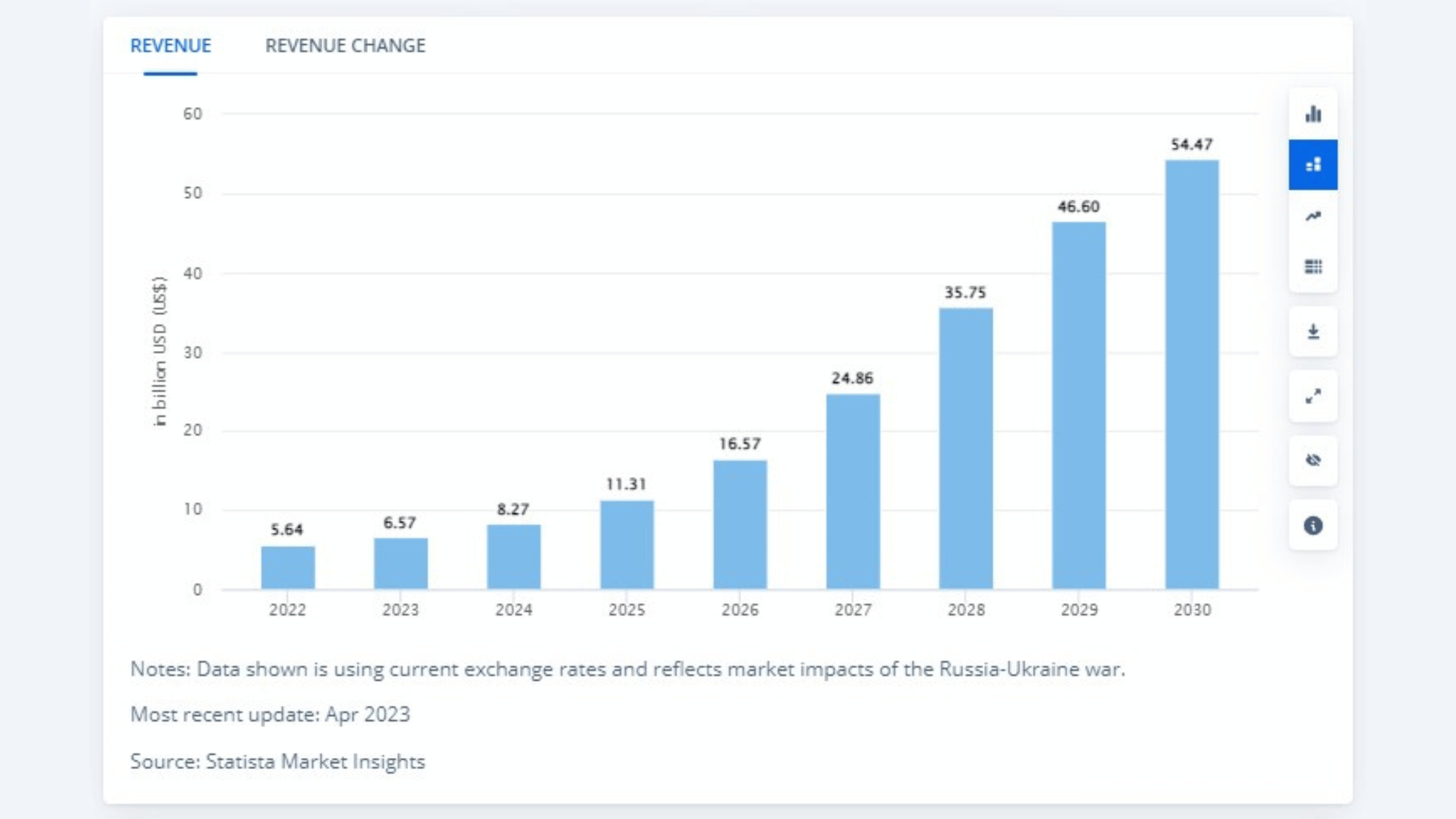
- The average revenue per user (ARPU) is expected to amount to US$115.40.
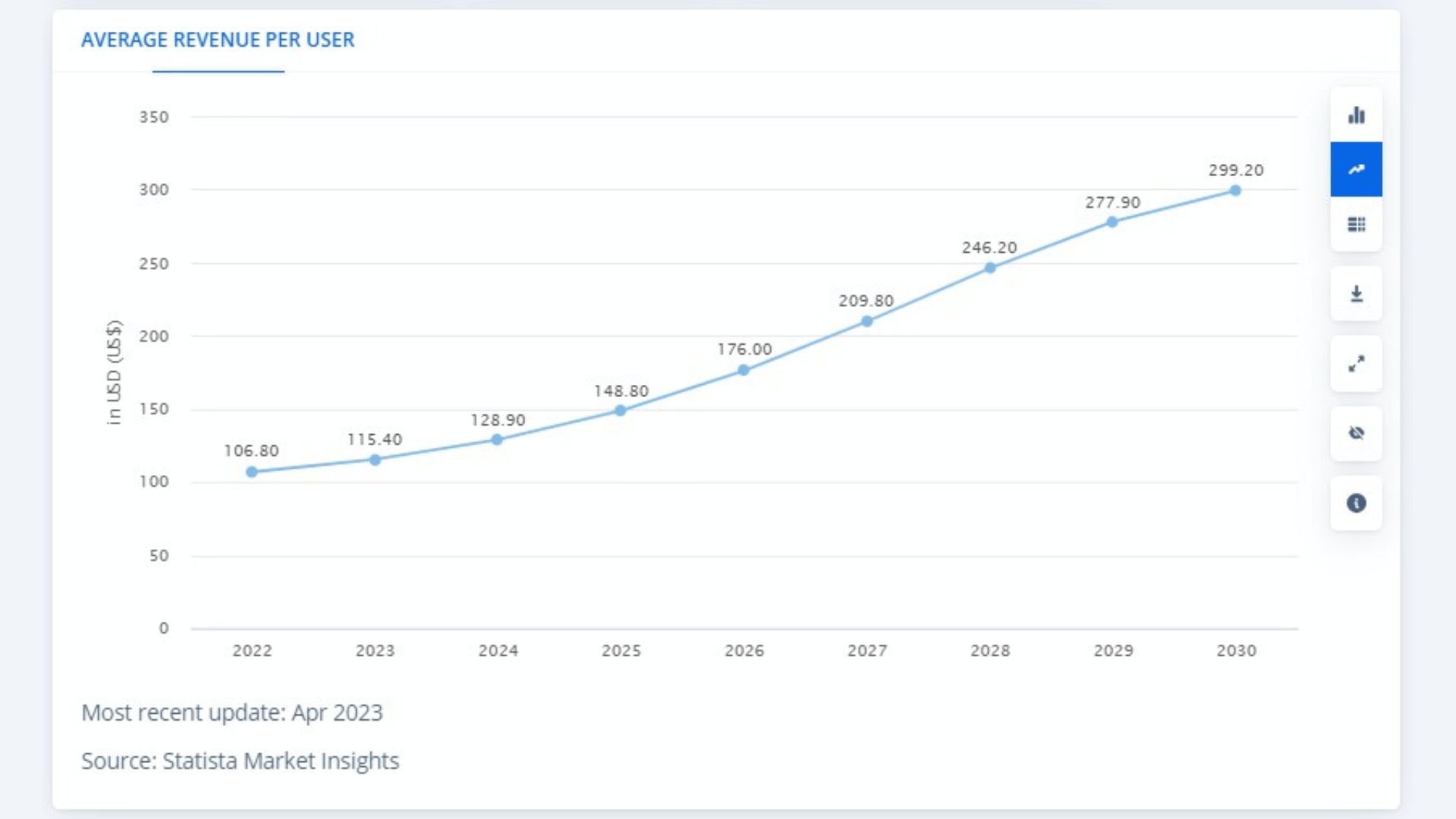
- The majority of the revenue in Metaverse heath and fitness, which amounts to approximately US$2,492.00m in 2023, is generated in the United States according to projected market volume.

Businesses across industries, such as fitness, gaming, healthcare, education, work, and retail, are becoming aware of the necessity to position themselves within the rapidly expanding metaverse. To do so, they must be able to accurately gauge the metaverse’s impact on their respective sector.
For example, it is essential for those in the healthcare and fitness industries to be knowledgeable about how:
- Metaverse impact on healthcare
- Metaverse affects the fitness industry
Therefore, let us gain a comprehensive view of the metaverse impact on the healthcare and fitness business. Besides, they also need to hire Metaverse Developers to let things make possible.
Metaverse Impact On Healthcare
Experts projects that the global market for healthcare in the metaverse will exceed $71 billion by 2030, reflecting its promising growth trajectory.
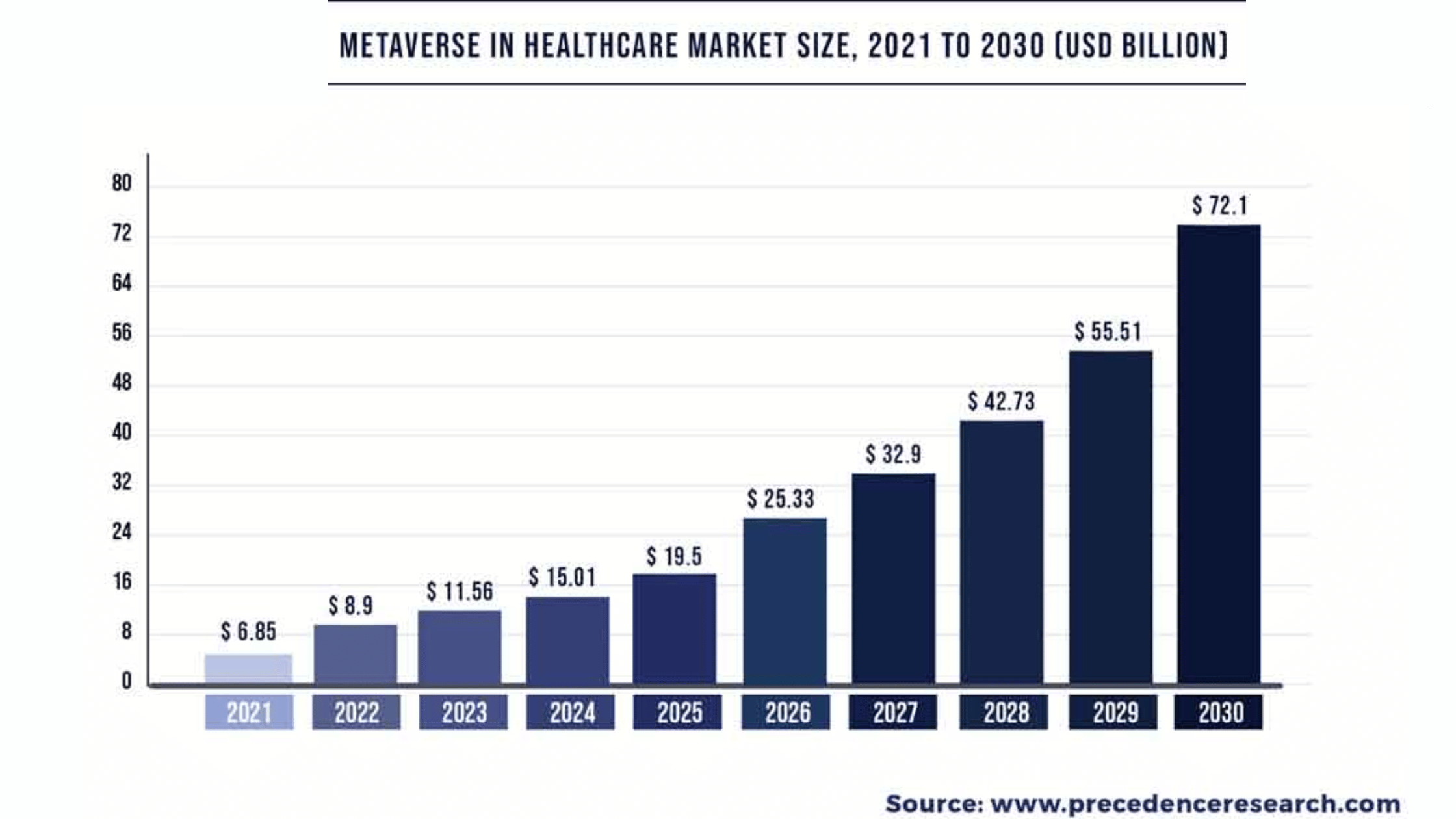
The potential of healthcare solutions within the metaverse is immense, presenting a transformative opportunity for the industry. By creating immersive environments that simulate reality, the metaverse brings people closer together, aligning with the aspirations of healthcare providers seeking to extend care and medicine with minimal logistical barriers.
Emerging technologies such as virtual and augmented reality are propelling the rapid market value growth of digital health solutions. As the metaverse gains prominence, its impact on the healthcare sector is set to be even more significant.
The COVID-19 pandemic has further accelerated the drive for innovative approaches to remotely manage patients outside of traditional healthcare settings. This urgency has led to the widespread adoption of wearable devices and smartphones, acting as influential factors in driving market growth.
In this context, the healthcare metaverse emerges as a transformative force, reshaping the healthcare landscape and fostering the adoption of digital health solutions. Metaverse impact on healthcare business opportunities. In fact, there are some healthcare companies that are using the metaverse:
- Johnson & Johnson is using the metaverse to train surgeons on new procedures
- Medtronic is using the metaverse to create virtual operating rooms where surgeons can practice new techniques.
- GE Healthcare is using the metaverse to create 3D models of patients’ bodies so that doctors can plan surgeries more accurately.
- Siemens Healthineers is using the metaverse to develop new virtual reality (VR) training tools for healthcare professionals.
- Nvidia is working with healthcare companies to develop metaverse-based solutions for a variety of applications, including remote patient monitoring, surgical planning, and drug discovery.
Potential Benefits of the Metaverse in Healthcare
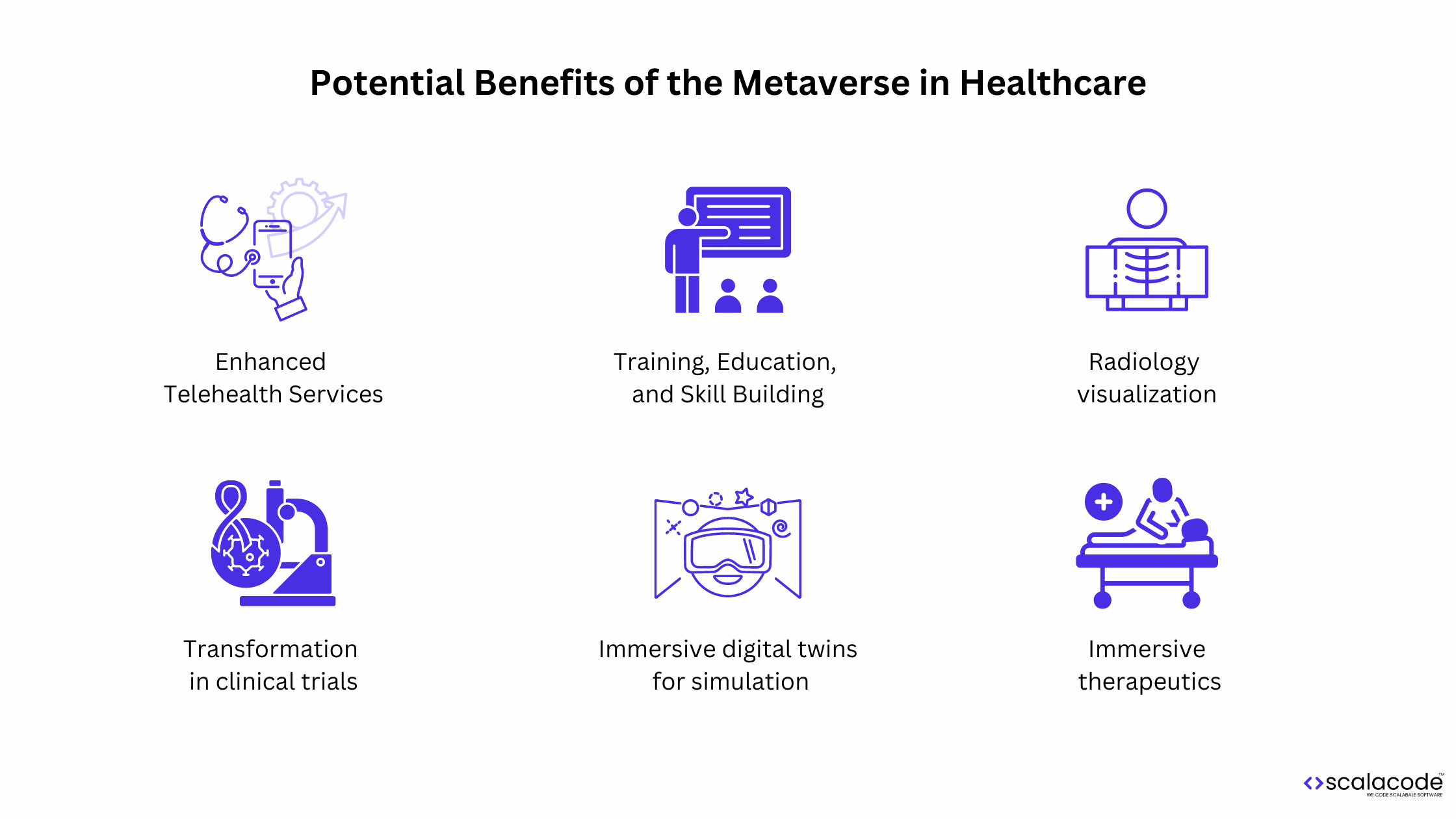
Through the active adoption of digital health solutions within this virtual space, healthcare providers can overcome existing challenges and enable greater accessibility, efficiency, and patient-centric care.
Harnessing the potential of the metaverse, the healthcare industry needs to hire a healthcare software development company that has the capacity to bring forth an era of progress and meet the changing requirements of clients around the globe.
- Enhanced Telehealth Services
For many years, telemedicine has been utilized in the healthcare industry, however virtual reality promises to transform how patients and physicians interact.
Healthcare metaverse technology can provide an immersive environment, in which a doctor and a patient are able to collaborate more productively and aesthetically.
Through this innovative methodology, medical personnel are capable of more effectively reviewing vital signs, medical records, and the patient’s complaints, resulting in better patient consultations and an improved standard of care.
- Training, education, and skill building
The immersive capabilities of the metaverse, including 3D visuals, 360 videos, and haptics, offer a cost-effective solution for onboarding, training, and upskilling medical staff. It is a positive metaverse impact on the healthcare business.
This technology allows for real-life, simultaneous training experiences that can take place anytime and anywhere, resulting in higher efficiencies on a larger scale.
No-risk simulations and engaging gamification leverage the user’s senses to create immersive learning experiences. Expensive and resource-dependent medical training, such as cadaver availability and equipment costs, can be overcome through virtual environments.
- Radiology visualization
Traditional radiology diagnosis relies on visualizing medical images slice by slice on 2D screens. However, the metaverse immersive visualization capabilities have the potential to enhance disease analysis and surgical planning.
By providing interactive and realistic medical experiences, the metaverse can revolutionize radiology visualization. A prominent medical device company already utilizes
- AR imaging solutions powered by machine learning algorithms to aid surgeons in critical image details for surgical planning and teaching.
- Blockchain technology to securely store and manage patient data
- VR to train medical robot operators
- Transformation in clinical trials
By leveraging the metaverse in healthcare, decentralized clinical trials can transcend physical and geographical barriers. This shift allows clinical trials to be conducted in patients’ homes, improving factors such as:
- Remote monitoring.
- Drug adherence
- Health behavior
- Patient engagement
- Real-time data analysis
While further innovations will emerge, promising solutions such as non-fungible tokens (NFTs) hold the potential for tokenizing medical records, prescriptions, and medical bills. Also, dApp development services are frequently availed by healthcare organizations to build secure dApps for clinical trials.
For instance, a notable MedTech organization partnered with Microsoft to optimize operating theaters’ floor plans using HoloLens and rendering 3D images.
- Immersive digital twins for simulation
Digital twins, applicable models that enable simulations and insights, have significant potential within the healthcare domain. By harnessing data from patient records and real-time information from wearables, the metaverse can facilitate the creation of immersive digital twins.
These digital twins can correlate information about patients, doctors, hospitals, as well as drug and device manufacturers.
- Immersive therapeutics
Immersive therapeutics utilize augmented reality (AR), virtual reality (VR), and mixed reality (MR) to deliver medical interventions for the treatment, management, and prevention of disorders.
The metaverse enables a wide range of applications, including cognitive therapy, support groups, psychiatric evaluations, rehabilitation, and even physical therapy with the integration of haptic sensors. These immersive experiences provide more engaging and effective therapeutic approaches.
Negative Impact of Metaverse On Healthcare Business
The metaverse has undoubtedly sparked excitement within the healthcare industry, but it is essential to consider potential negative impacts on healthcare businesses. Let’s explore some aspects that warrant attention:
- Cost and Accessibility Barriers:
This financial burden may pose challenges for healthcare businesses, particularly smaller organizations or those with limited budgets. Implementing metaverse technologies can come with significant costs, including hardware, software, and infrastructure requirements.
Moreover, not all healthcare professionals or institutions may have equal access to the necessary resources, potentially exacerbating healthcare disparities.
- Learning Curve and Training:
Another negative metaverse impact on the healthcare business is a learning curve for healthcare professionals. They must familiarize themselves with new technologies, tools, and interfaces, which can be time-consuming and may temporarily affect productivity.
Additionally, comprehensive training programs and ongoing support will be crucial to ensure the effective utilization of healthcare metaverse solutions, further adding to the workload and expenses for healthcare businesses.
- Privacy and Security Concerns:
The metaverse immersive nature raises concerns about privacy and security within the healthcare context. Patient data, medical records, and sensitive information must be protected from unauthorized access or breaches.
Ensuring robust data encryption, user authentication measures, and compliance with privacy regulations will be vital to maintain trust and prevent potential risks associated with the metaverse.
- Reliability and Technical Limitations:
Like any technology, the metaverse is not without its limitations. Technical glitches, connectivity issues, and system downtime can disrupt healthcare operations, potentially impacting patient care and workflow efficiency.
Healthcare businesses must have contingency plans in place to mitigate these risks and ensure the uninterrupted delivery of critical services.
- Ethical Considerations:
As the metaverse blurs the boundaries between the virtual and physical realms, ethical dilemmas may arise. For instance, ensuring the ethical use of patient data and protecting individuals’ rights in virtual environments require careful consideration.
Balancing innovation with ethical frameworks will be crucial to prevent unintended consequences or exploitation within the metaverse.
- Unequal Adoption and Digital Divide:
Not all healthcare businesses may have the resources, infrastructure, or technical expertise to adopt metaverse technologies at the same pace. This could create a digital divide, where some organizations benefit from the advantages of the metaverse while others struggle to keep up.
Such disparities could further widen existing healthcare inequalities, making it crucial to ensure equitable access to metaverse solutions for all stakeholders.
Metaverse Impact On Fitness Industry
The metaverse is set to have a profound impact on the fitness industry, bringing about a range of transformative changes.
The virtual fitness market worldwide was worth USD 16.4 billion in 2022, and it is projected to grow at a CAGR of 26.72% from 2023 to 2030. (Source: Grand View Research)
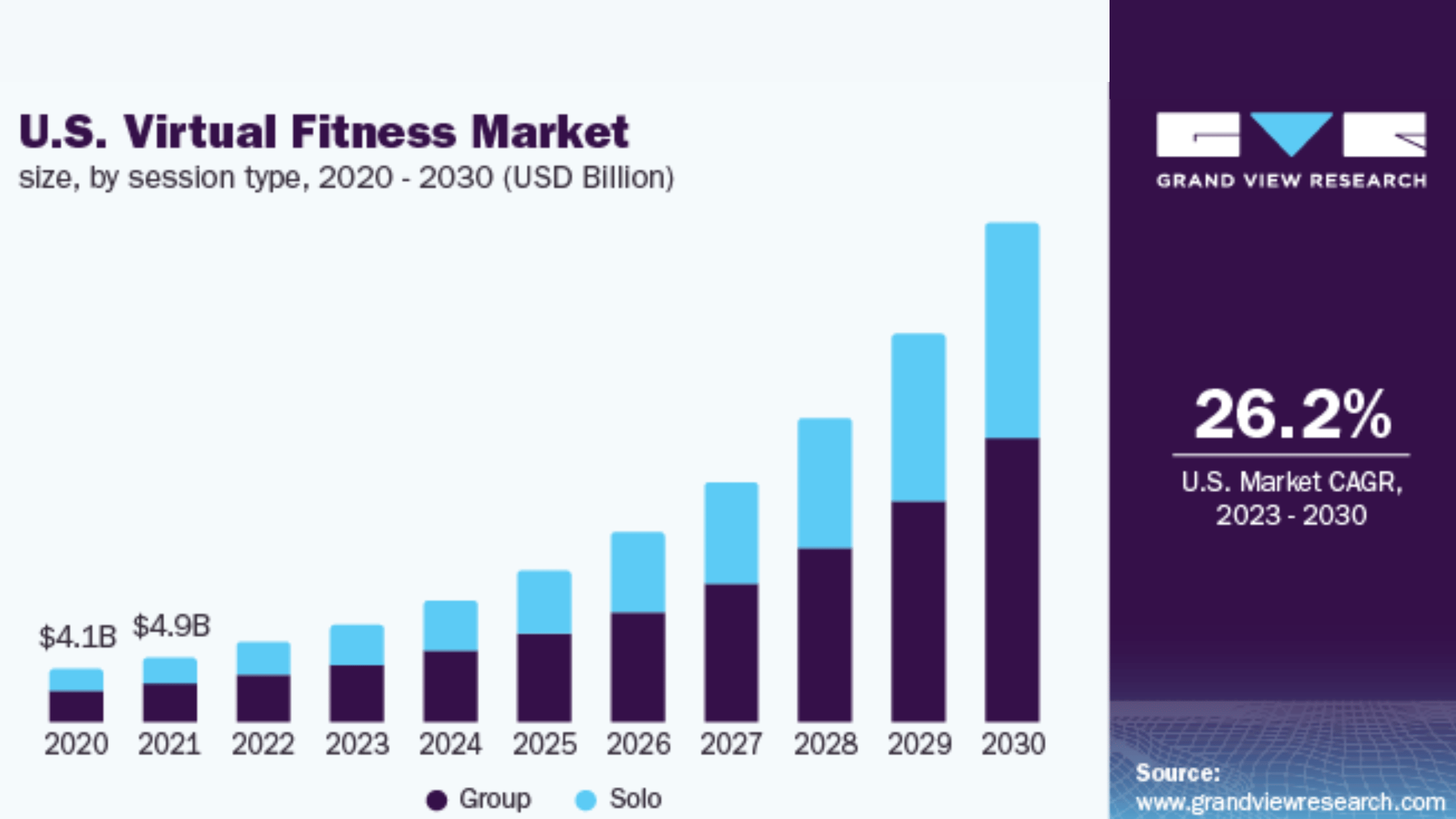
This growth can be attributed, in part, to the adoption of fitness technology within the metaverse. The COVID-19 pandemic played a pivotal role in accelerating the demand for fitness technology. With restrictions on physical gyms and the need for social distancing, individuals turned to virtual alternatives to maintain their fitness routines.
A survey finds that there was a gradual rise in virtual fitness technologies, as people sought engaging and immersive workout experiences from the comfort of their homes.
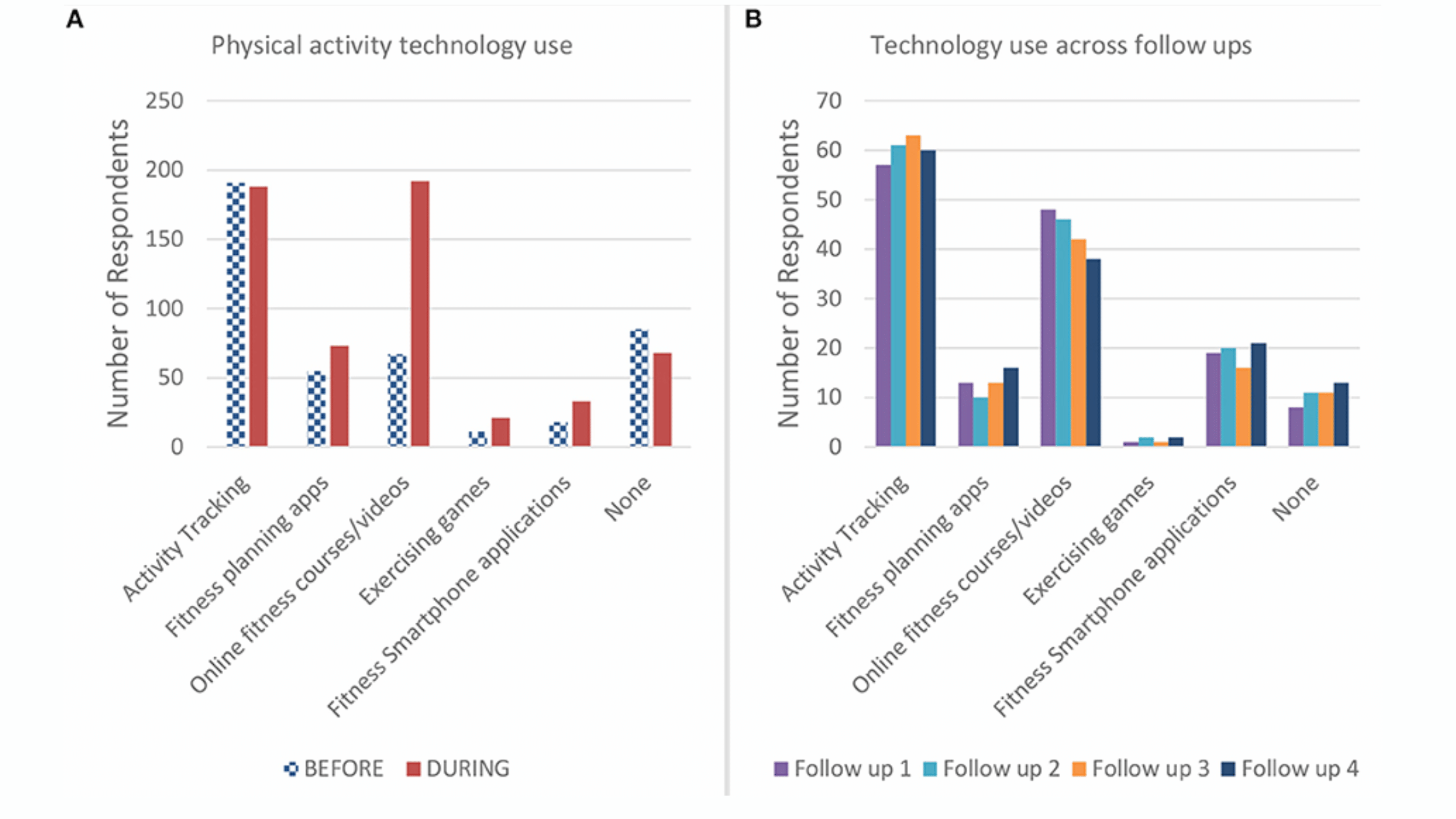
Furthermore, the metaverse impact on fitness industry allows fitness enthusiasts to connect with like-minded individuals, assuming the roles of avatars in a dynamic virtual reality environment.
Here, members can interact with companions jogging alongside them on treadmills, fostering a sense of camaraderie and motivation even when physically separated.
Also, gyms have found their place within the metaverse, revolutionizing the fitness industry. Within this virtual space, individuals can engage in workouts, adorned in stylish gym clothes, guided by personal trainers, and equipped with cutting-edge exercise tools.
Moreover, the metaverse extends its influence beyond solitary activities. Engaging in sports such as badminton or tennis need not be a solitary pursuit; instead, friends can gather in a virtual space and compete in the excitement of an immersive game.
Hence, the possibilities presented by this groundbreaking technology are limitless. From fitness to gaming, undoubtedly, the metaverse affect the fitness industry positively.
Potential Benefits of Metaverse in the Fitness Industry
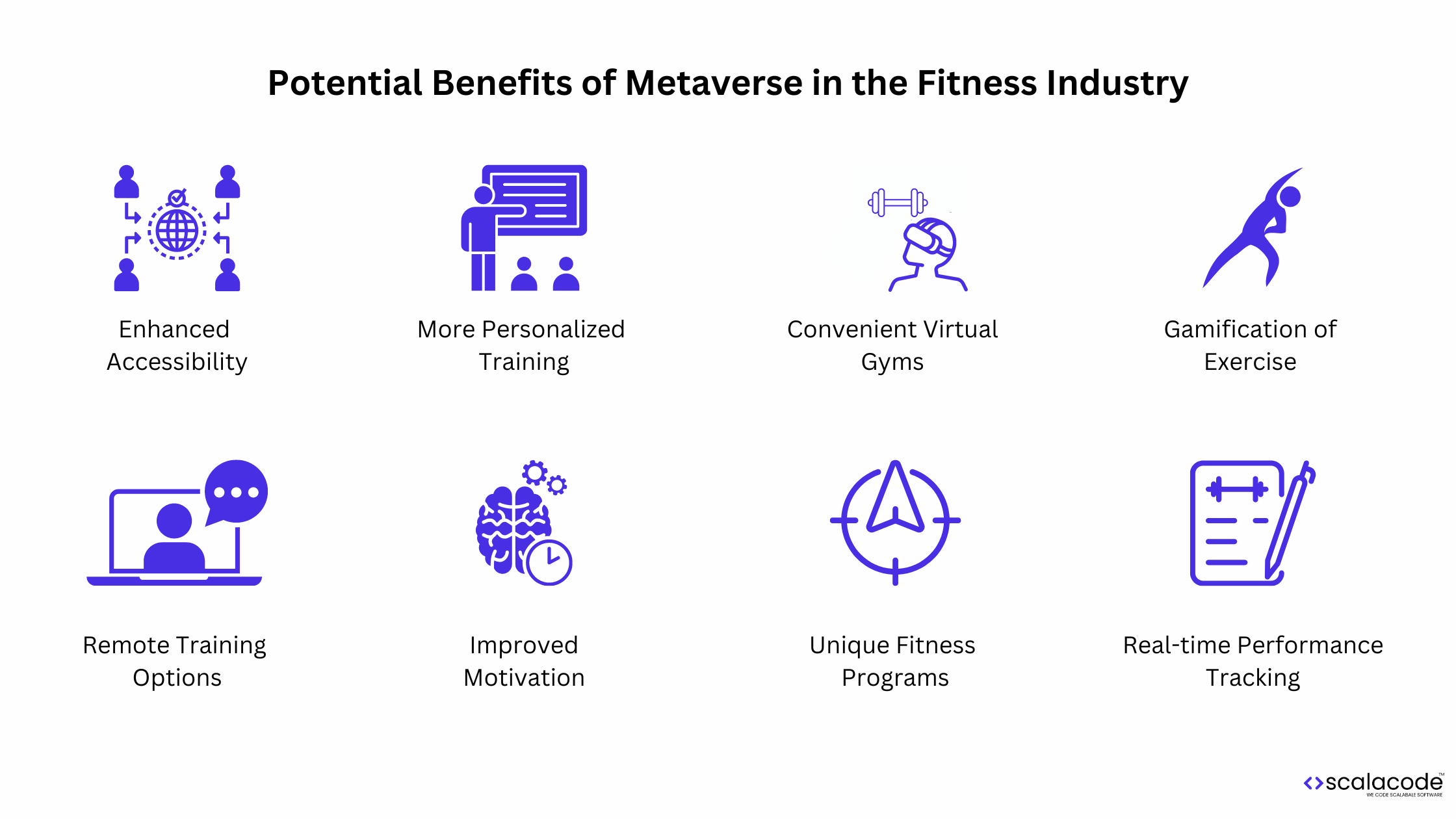
The concept of Metaverse fitness is gaining traction, presenting a plethora of potential benefits that await us in the future.
As Metaverse developers join forces, an increasing number of companies are poised to shift their business models to this virtual space. Let’s explore the various aspects of the metaverse impact on the fitness industry.
- Enhanced Accessibility:
The Metaverse offers a new level of accessibility to fitness services by eliminating the constraints of time and location. Users can access fitness apps and workouts in the Metaverse at any time and from anywhere, using their virtual reality headsets or other devices.
This accessibility opens up opportunities for individuals who may have limited access to physical fitness facilities or live in remote areas.
- More Personalized Training:
Virtual reality in the Metaverse allows for a more personalized training experience. Trainers can provide individualized guidance and support, adjusting workouts in real-time to cater to specific fitness levels and preferences.
For example, a virtual trainer can modify exercise intensity, provide technique corrections, and track progress throughout a session. This personalized approach enhances the effectiveness and engagement of the workouts.
- Convenient Virtual Gyms:
Virtual gyms within the Metaverse offer unparalleled convenience. Users can access a wide range of workout equipment and classes without leaving their homes. These virtual gyms can replicate the experience of a physical gym, providing a variety of exercise options and allowing users to choose their preferred workouts at any time.
This convenience is particularly valuable for those with busy schedules or limited access to local fitness facilities.
- Gamification of Exercise:
The incorporation of gamification techniques in the Metaverse makes exercise more fun and engaging. Users can participate in virtual fitness challenges, compete against others, earn rewards, and unlock achievements.
For instance, a fitness game within the Metaverse might involve completing virtual obstacle courses or engaging in interactive fitness competitions, providing an immersive and entertaining workout experience.
- Remote Training Options:
The Metaverse enables health and fitness professionals to offer remote training options. Virtual reality training sessions create a sense of presence and immersion, simulating a real gym environment.
Trainers can guide clients through exercises, demonstrate proper form, and provide real-time feedback, all without being physically present. This remote training capability is especially valuable for individuals who prefer the convenience of working out at home or require specialized coaching.
- Improved Motivation:
In the Metaverse, various motivational features keep users engaged and committed to their fitness routines. Virtual rewards, badges, and achievements can be earned for meeting exercise goals or completing specific challenges.
Users can share their accomplishments on social media platforms, fostering a sense of community and accountability. These motivational tools help users stay on track and provide a sense of accomplishment and satisfaction.
- Unique Fitness Programs:
The Metaverse allows businesses to create unique and innovative fitness programs that transcend the boundaries of the physical world. Virtual reality programs can take users on immersive fitness journeys, such as interactive virtual hikes through scenic landscapes or high-intensity virtual classes in futuristic settings.
These experiences offer a fresh and exciting approach to exercise, attracting users with their novelty and adventure.
- Collaborative Fitness Experiences:
Through the Metaverse, users can engage in collaborative fitness experiences with others. Virtual group workouts, classes, or challenges bring individuals together, regardless of their physical location.
For example, friends or fitness enthusiasts from different parts of the world can join forces in a virtual race or participate in synchronized workout sessions, fostering a sense of camaraderie, motivation, and friendly competition.
- Real-time Performance Tracking:
The Metaverse provides real-time performance tracking during fitness activities. Virtual reality headsets and connected devices can monitor heart rate, calories burned, distance covered, and other metrics.
Users can view their progress in real time, making adjustments to their workouts if necessary. This immediate feedback allows for more effective and targeted training, helping users optimize their performance and achieve their fitness goals.
Negative Impact of Metaverse On Fitness Business
- Decreased In-Person Attendance
The Metaverse may lead to a decrease in in-person attendance at traditional gyms and fitness centers. As users have the option to exercise in virtual gyms from the comfort of their homes, they may choose to forgo physical fitness facilities, leading to reduced revenue for brick-and-mortar businesses.
- Potential Job Losses
The rise of the Metaverse and remote training options may result in job losses for fitness professionals who primarily rely on in-person training sessions. Virtual reality training sessions and personalized programs offered through the Metaverse could replace the need for physical trainers, impacting employment opportunities within the fitness industry.
- Lack of Human Connection
One of the drawbacks of the Metaverse is the potential lack of human connection and social interaction compared to in-person fitness experiences. Virtual workouts and challenges, although providing a sense of community, may not fully replicate the camaraderie and support that individuals experience when exercising together physically.
- Privacy and Security Concerns
As the Metaverse requires users to engage in virtual environments, there may be privacy and security concerns related to personal data and interactions. Users may have reservations about sharing their fitness-related information or participating in virtual fitness activities due to potential data breaches or unauthorized access to personal information.
- Unrealistic Expectations and Body Image Issues
Virtual environments can be manipulated to create idealized representations of bodies, potentially promoting unrealistic standards and negatively impacting individuals’ self-esteem and body image perception.
Cost Involved In Developing Metaverse App For Healthcare & Fitness Industry
The average cost to develop a Metaverse app for healthcare and fitness can vary based on factors such as a set of features included, the size of the development team, developer per hour cost, etc. Usually, it has been found that Metaverse developers may charge anywhere from $25 to $150 per hour, with some potentially charging even higher rates.
The following calculation can be used to estimate the cost of developing the Metaverse application for the healthcare and fitness industry.
- Pricing Range: $25 – $150 per hour
- Number of Team Members: 5
- Weekly Hours Contributed: 35 hours
- Number of Weeks of Development: 8
To calculate the total development cost, we can use the formula:
Total Development Cost = Developer Hourly Rate * Weekly Hours * Number of Team Members * Number of Weeks.
Taking the midpoint of the pricing range, which is $87.50 per hour, the calculation would be as follows:
Total Development Cost = $87.50 * 35 * 5 * 8 = $122,500
Now, you know everything about the metaverse impact on the healthcare and fitness business. As a leader in the business world, it is crucial to possess the skill of adjusting to shifts and being versatile in your strategy. The metaverse is not a passing trend, it is an actuality, and if you fail to adjust to it promptly, you may fall behind.
Moreover, to find assistance on your journey, it’s important to know where to turn. The solution can be found in a metaverse development company. It’s crucial to have someone who possesses a thorough understanding of the Metaverse. Therefore, we recommend considering our Metaverse development services. Here’s the reasoning behind our suggestion.
Why Should You Choose ScalaCode As Your Partner For Metaverse Development?
We possess the expertise to develop a Metaverse environment tailored specific needs of clients – be it for healthcare or fitness businesses.
By gaining a deeper comprehension of the current technological advancements, including artificial intelligence, blockchain, machine learning, three-dimensional modeling, augmented reality, and virtual reality, we can guarantee the success of your business in the Metaverse.
With our innovative vision and agile development approach, we can bring your presence to life within the dynamic world of the Metaverse. Our proficient Metaverse developers will expedite your transformation, aligning it seamlessly with the advancements in your industry.
Whether you require Metaverse platform development, Metaverse app development, consulting services, or any other related assistance, we stand as the premier Metaverse development company in the market.
Choose us to embark on a unique and immersive journey that will revolutionize your business in the Metaverse.
FAQs
Q1: What is the future of fitness in the metaverse?
Ans. The metaverse is transforming the fitness industry by providing users with a more immersive and engaging workout experience. As per the report by Statista, the economic estimates of the Metaverse Health and Fitness market are expected to touch around 182.00m users by 2030. Consequently, the Metaverse seems to be the upcoming future world. Large corporations are keen on investing a vast amount in new technological advancements.
Q2: How the metaverse will transform health?
Ans. The healthcare industry is being revolutionized by the metaverse through the introduction of advanced and immersive technologies that can:
- Enhance healthcare accessibility
- Elevate the quality of diagnostic and treatment outcomes
- Deliver personalized health programs
- Create virtual rehabilitation environments.
Q3: What technologies will shape the future of the metaverse?
Ans.
- Virtual reality (VR)
- Augmented reality (AR)
- Blockchain
- Artificial intelligence (AI)
- Cryptocurrency
These technologies will enable the metaverse to become more immersive, interactive, and personalized.



